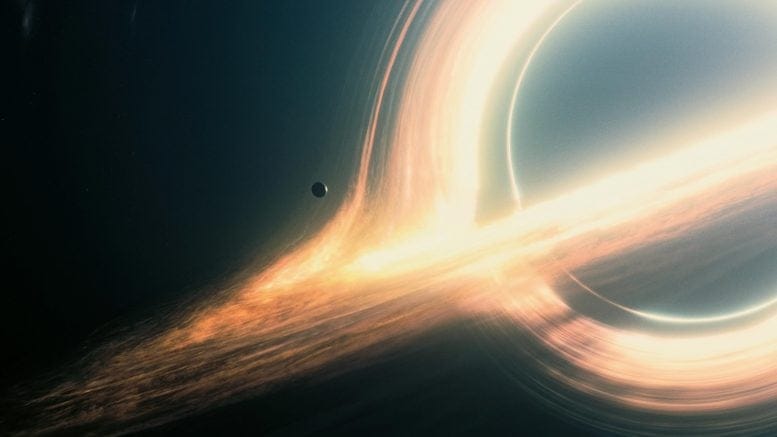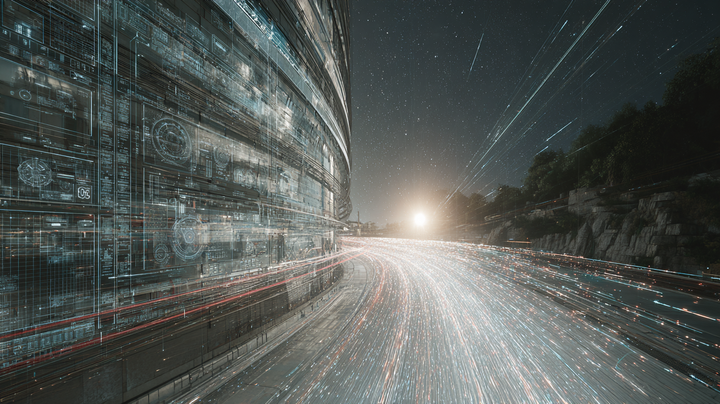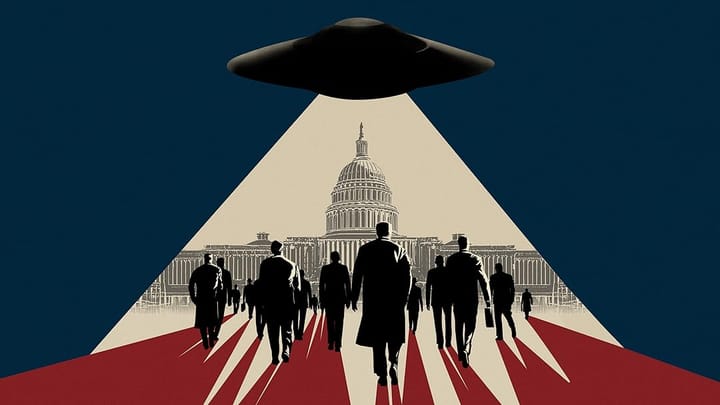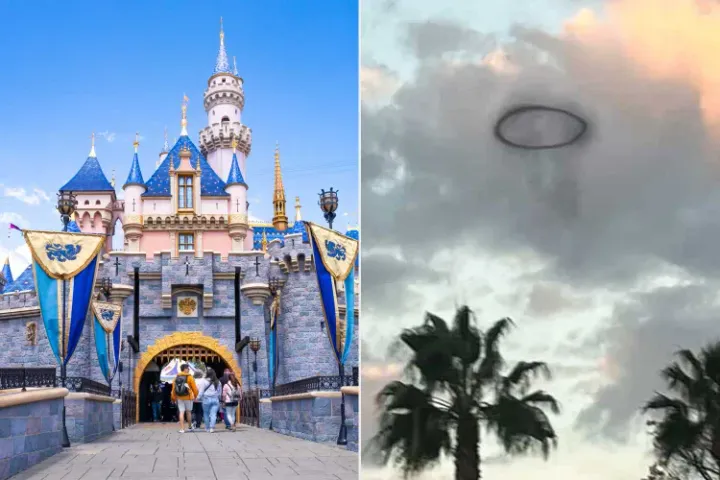Early Universe

Quick Take
Several teams now argue that some of JWST’s puzzling “little red dots” are not tiny galaxies at all, but gas-shrouded black hole stars. In this picture, a rapidly feeding black hole is wrapped in a dense, star-sized cocoon that glows like a cold star even though no fusion powers it. A standout object nicknamed “The Cliff” shows a spectrum that fits this model better than standard galaxy explanations. If confirmed, black hole stars could explain how the first monster black holes grew so fast. Live Science+2Phys.org+2
What happened
- The anomaly: JWST keeps finding compact, very red points of light in the young universe called Little Red Dots (LRDs). They look too bright and too concentrated for normal baby galaxies at those early times. arXiv
- A prime suspect: A new analysis of an object nicknamed The Cliff (RUBIES-UDS-154183) shows a sharp spectrum with a big Balmer break and unusual emission plus absorption features that standard galaxy models struggle to match. The authors show it is well described by a black hole embedded in an ultra-dense gas “atmosphere.” Phys.org+1
- The proposal: These black hole stars are not stars in the classic sense. They are black holes cocooned in thick gas; accretion energy makes the cocoon radiate, mimicking a cool, puffy star and producing LRD-like colors. Live Science
Why this matters
- Solves a timing puzzle: JWST has spotted extremely early supermassive black holes. Black hole stars offer a channel to grow seeds quickly, closing the gap between the Big Bang and the huge black holes we already see by a few hundred million years. Live Science
- Rewrites the order of things: If some LRDs are black hole stars, it suggests black hole growth could precede or outpace normal galaxy build-up in parts of the early universe. Financial Times
What to look for next
- Predicted radio hints: Models predict specific faint radio emission and other diagnostics from these cocooned black holes. Deeper radio follow-up can test that. A&A Publishing
- Bigger sample: More JWST spectra of LRDs will show whether The Cliff is one oddball or the tip of a population. Comparative studies across LRDs are already underway. A&A Publishing
- Competing ideas: Some researchers still favor dusty mini-galaxies or unusual dark matter halo setups. Keeping those on the table prevents us from overfitting the first dramatic example. cfa.harvard.edu
What we know vs what we do not
We know
- LRDs are compact, red, and common in deep JWST fields. They are hard to reconcile with standard young-galaxy templates alone. arXiv
- At least one marquee source, The Cliff, shows spectral features that a gas-enshrouded black hole can reproduce well. Phys.org+1
We do not know
- How many LRDs are black hole stars instead of dusty galaxies or tiny active nuclei.
- Whether black hole stars last long or represent a brief growth phase that many early black holes pass through. arXiv
The receipts
- Livescience explainer and context on the black hole star hypothesis and The Cliff. Live Science
- Phys.org report on The Cliff’s spectrum and the black hole star interpretation. Phys.org
- Astronomy & Astrophysics paper on LRDs and why dense gas absorption can dominate their optical signatures. A&A Publishing
- ArXiv review positioning LRDs as an early black hole growth phase. arXiv
- Recent JWST detection of the earliest confirmed black hole in an LRD-type galaxy, showing how fast black holes grew. Live Science
- A&A modeling that lays out testable radio predictions for LRDs. A&A Publishing
- Broader coverage on the “black hole star” idea and its implications for early structure formation. Financial Times
What if
What if black hole stars are real and common?
- Then many early black holes grew inside glowing gas shells before galaxies fully assembled.
- The first “light sources” we see might not be true stars at all, but cocoons lit by gravity.
- Early cosmic history becomes a feedback loop: cocoon light heats and stirs nearby gas, changing where normal stars can form next.



Comments ()